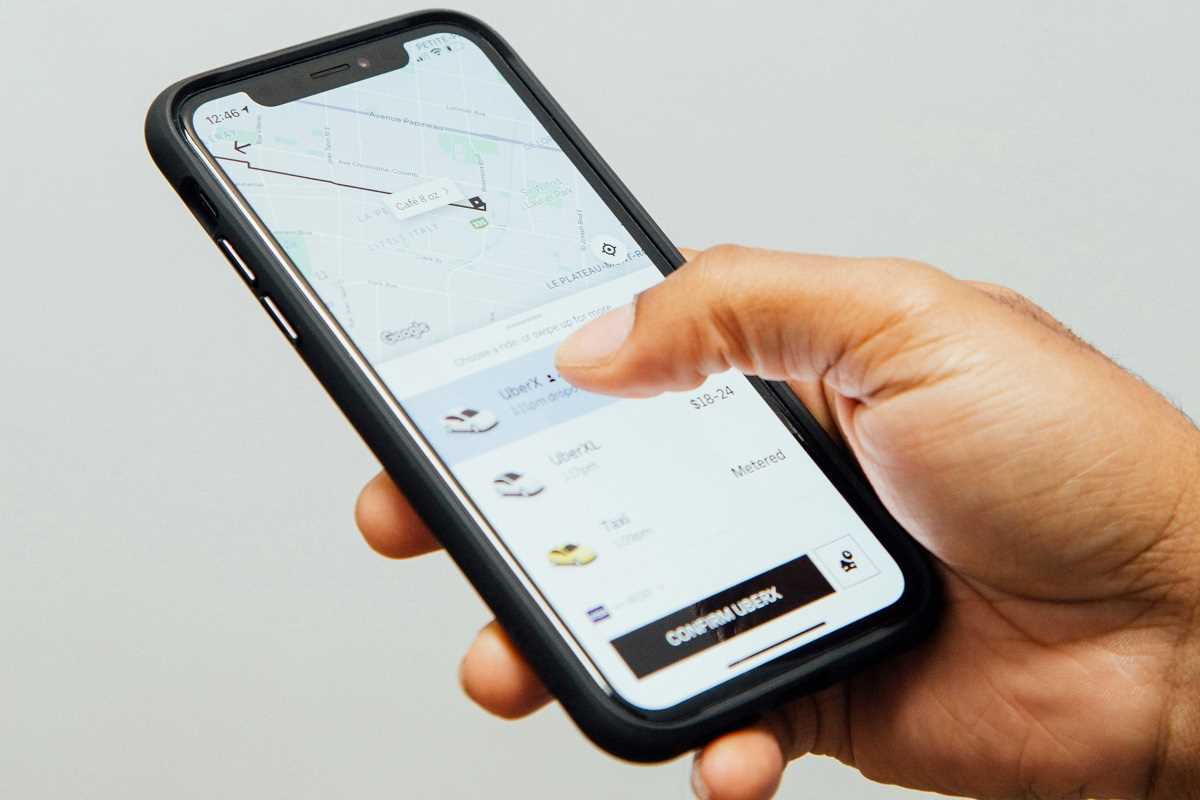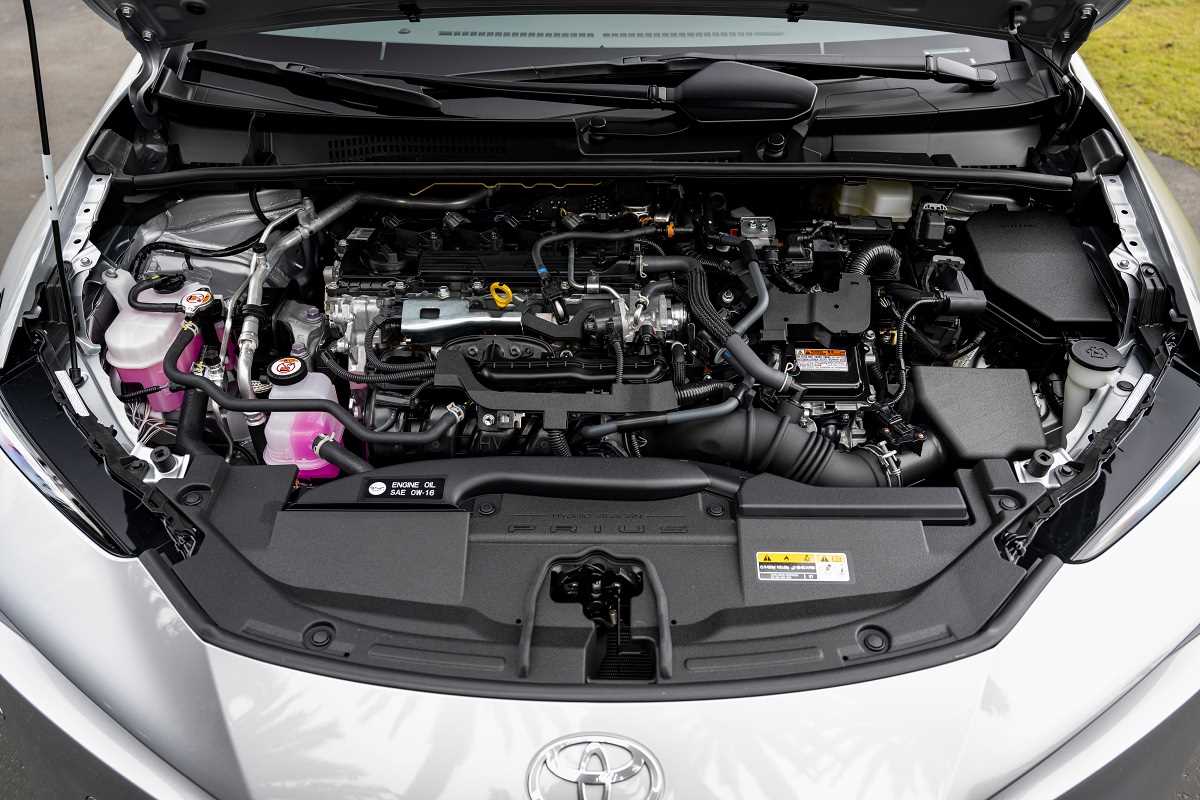When planning a trip or simply navigating daily life without owning a car, the question often arises—should you use a ride-sharing service, or would renting a car be a better fit? Both options offer their respective advantages, but they also come with certain drawbacks depending on your needs and circumstances. To help guide you in making the right decision, we’ll explore the convenience, cost, flexibility, and environmental impact of ride-sharing services versus car rentals.
Benefits of Ride-Sharing
- Convenience: One of the primary advantages of ride-sharing services like Uber or Lyft is their sheer convenience. With a few taps on your phone, you can summon a ride to your exact location and be on your way. There’s no paperwork, no standing in line at a rental office, and no need to search for parking once you reach your destination. This makes ride-sharing particularly appealing for short trips or one-off errands.
- Cost-Effectiveness for Short Distances: For short distances or occasional use, ride-sharing often proves more economical than renting a car. You pay for each ride as you go, eliminating the need to cover daily or weekly rental fees, insurance, or fuel. This pay-as-you-go model is particularly attractive for individuals who don’t anticipate the need for frequent transportation.
- Urban Compatibility: Ride-sharing thrives in urban environments thanks to its easy availability and ability to bypass the challenges of city parking. If you’re visiting a city or already live in one, having a ride at your fingertips without needing to maneuver through heavy traffic or hunt for a parking space is a significant advantage.
- No Maintenance or Responsibility: With ride-sharing, you’re absolved of responsibilities like fuel costs, vehicle maintenance, and insurance. These elements are built into the service cost, allowing you to focus solely on getting where you need to go.
Downsides of Ride-Sharing
- Cost for Longer Distances: While ride-sharing is economical for short trips, costs can quickly add up on longer journeys or heavy traffic routes. Surge pricing—common during peak hours, events, or holidays—can significantly inflate the cost, making it a less attractive option for extended travel.
- Lack of Flexibility: You’re dependent on the availability of drivers, which can vary depending on your location and time of day. Furthermore, ride-sharing only works if your destination aligns with the service's coverage area. Rural settings often face a lack of coverage, leaving you stranded or forcing you to find alternative means of transportation.
- Privacy and Sharing: Ride-sharing often means surrendering some degree of privacy, especially if you opt for a less expensive shared ride option. If you prefer the solitude of personal travel or require space for luggage or equipment, ride-sharing may not meet your expectations.
- Hidden Costs: While advertised prices may seem low, additional fees such as tips for drivers or surge pricing can make each ride more expensive than initially planned. Over the course of a trip, these hidden costs can build up to rival or even exceed the cost of a car rental.
Benefits of Car Rentals
- Freedom and Flexibility: Renting a car offers unparalleled freedom to travel where and when you want. Whether you’re taking a cross-country road trip, exploring a sprawling rural area, or running errands around town, the autonomy of having a car at your disposal is hard to beat. You’re not dependent on driver availability or limited by fixed service areas, making car rental the better option for long-term use or destinations off the beaten path.
- Cost for Long-Term Use: For extended periods, car rentals often become more cost-effective than accumulating multiple ride-sharing fares. Daily or weekly rental fees typically cover unlimited mileage, enabling predictable budgeting that’s independent of the number of trips made. Additionally, many rental agreements bundle insurance and roadside assistance for added peace of mind.
- Ideal for Group Travel: When traveling with a family or group, renting a car can offer significant savings and convenience. Instead of coordinating multiple ride-shares or paying per person, a rental car accommodates everyone in one vehicle, often with the added bonus of luggage space for collective belongings.
- Privacy and Comfort: Driving a rental car provides a private and controlled environment, allowing you to store belongings securely, maintain personal space, and enjoy your choice of music or climate settings. This level of privacy may appeal to individuals seeking a more personal travel experience.
Downsides of Car Rentals
- Upfront Costs: Car rentals often come with higher upfront costs than ride-sharing, including baseline rental fees, insurance, fuel, and potential add-ons like GPS or additional drivers. For short-term travel needs, these costs might outweigh the convenience of simply calling a ride-share.
- Complexity and Time Investment: Renting a car requires more time and effort than ride-sharing. From filling out paperwork and understanding insurance policies to returning the car at a specific location, the process is less seamless. Additionally, any damage to the vehicle, no matter how minor, might result in extra charges unless properly insured.
- Parking Challenges: While renting a car offers mobility, it doesn’t eliminate the hassle of parking. Urban environments, in particular, pose challenges with limited and often pricey parking options. If you’re visiting a major city, you may end up spending as much time searching for parking as driving to your destination.
- Environmental Impact: Car rentals typically involve vehicles that run on traditional gasoline, contributing to emissions over extended usage. While hybrid or electric rental cars are becoming more available, they’re often more expensive and less readily accessible than standard options. Ride-sharing, when used sparingly or with pooled rides, may offer a more sustainable alternative by reducing the total number of vehicles on the road.
Which Option is Best for You?
The choice between ride-sharing and car rentals ultimately comes down to your personal preferences and transportation needs. Here are some scenarios to help you decide:
Ride-Sharing Makes Sense If:
- You’re traveling short distances, visiting an urban area, or only need transportation occasionally. Ride-sharing also works well if you value convenience over control and prefer not to deal with parking, fuel, or vehicle maintenance responsibilities.
Car Rentals Make Sense If:
- You plan to travel long distances, require a vehicle for an extended period, or need to transport several people or bulky items. Renting a car gives you the flexibility to visit remote destinations or rural areas where ride-sharing services may not be available.
Personal preferences like privacy, budget, and environmental concerns should also play a role in your decision. By weighing the benefits and downsides outlined here, you can choose the transportation option that best aligns with your needs, ensuring a smoother and more enjoyable travel experience.
 (Image via
(Image via

.jpg)



